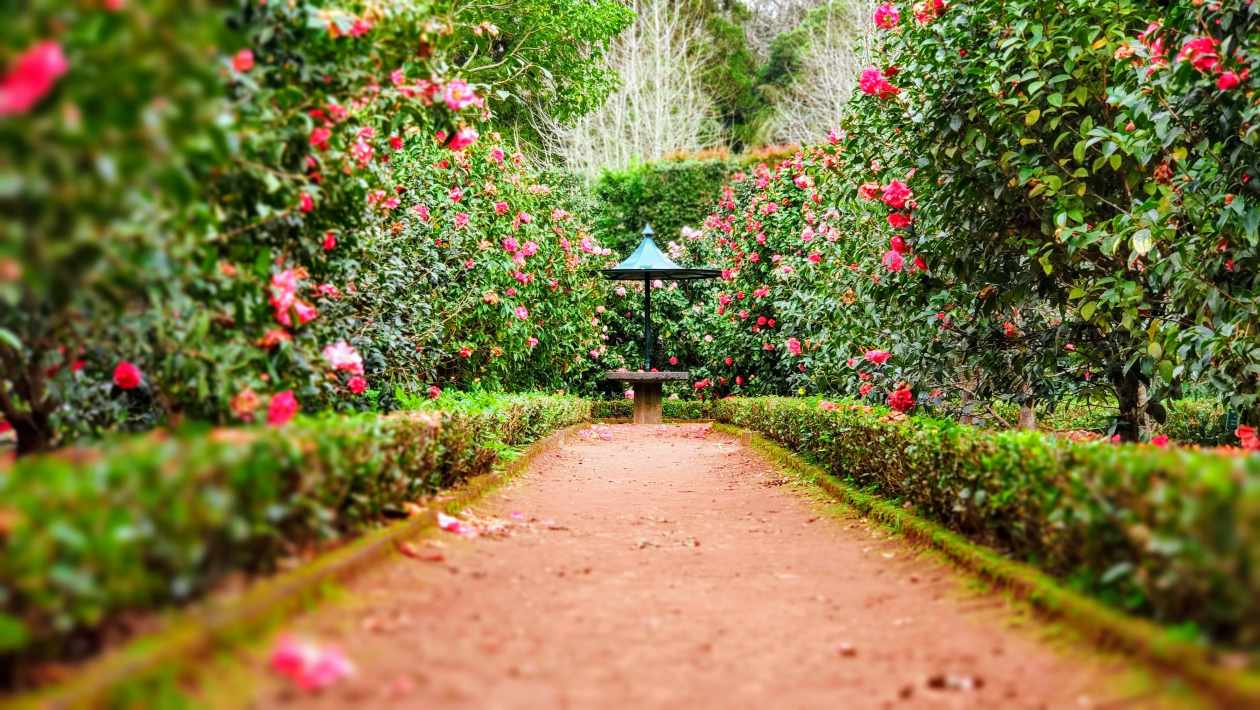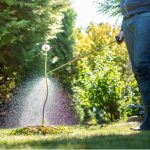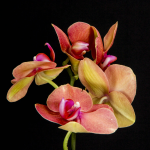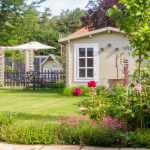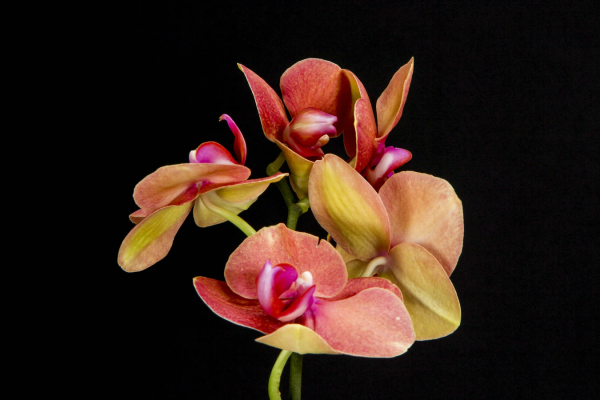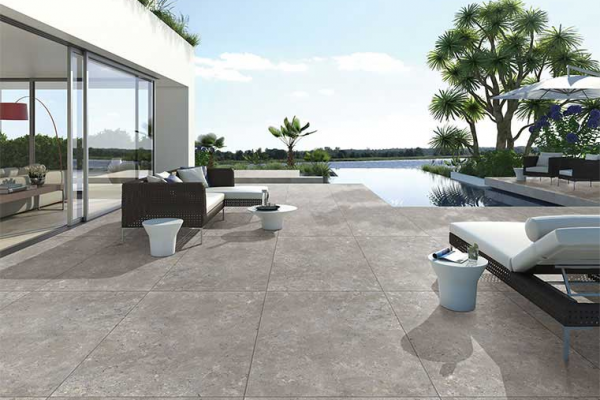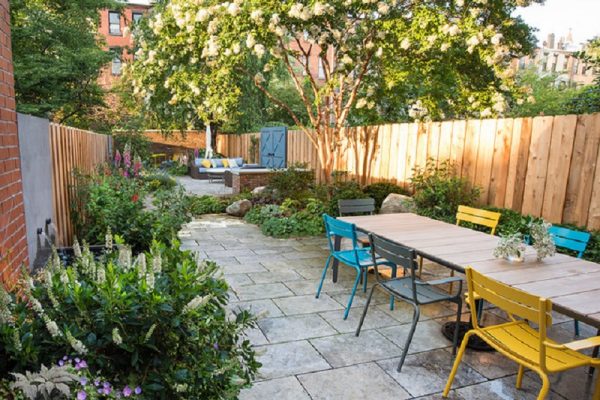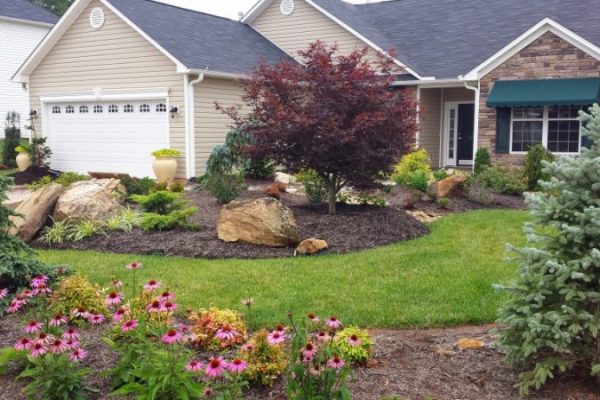Bet you haven’t considered this question before: what is shade exactly and what constitutes a shaded area? For plants, shade is very important – it’s not just an arbitrary term – rather a science that determines growth, life, and death. Ok then, so what is shade, and what plants thrive in shaded areas? Here is how to choose the right Shade plants for your garden.
Table of Contents
Definitions of shade
First up, shade can be created by various sources. For example, a tree provides various levels of shade, but not in one spot, nor is it full or constant shade. Structures around the garden might provide partial shade throughout the day, or constant shade depending on their angle and placement. So with this in mind here’s three common types of shade:
- Part shade – this is when a structure such as a building provides shade for a limited time during the day, usually around noon – the hottest part of the day. Partial shade tends to allow between 3 and 6 hours of sunlight.
- Dappled shade – is when a plant’s foliage provides an uneven amount of shade from sunlight filtering through the leaves and branches of a taller plant. Areas of dappled shade also allow rainfall to pass through making it ideal for water-loving plants.
- Full shade – is in areas receiving little to no direct sunlight. Common areas with full shade include gardens under eaves, side gardens between the house and boundary fence, or indoor plants or vertical gardens. Full shade areas often receive no rain and rely on manual watering or irrigation.
Why shade matters
Plants rely on the sun. That’s a given. But shade matters too. Different levels of shade and sunlight directly affect a plant’s ability to grow. Shade is important in regulating temperatures around the plant – slowing the process of evaporation and allowing plants to absorb water over a longer period. Shade plays an important role in water retention, keeping your plants green and fresh.
Wet shade and dry shade – what’s the difference?
There are two very important types of Shade plants for your garden environments. Wet shade is when there is poor drainage and little sunlight – creating a wetter, more saturated soil. An example might be next to a pond that receives little to no sunlight but plenty of rain. Dry shaded areas don’t mean there’s no moisture – in fact far from it. Dry shaded areas include garden beds that are shaded with excellent drainage and little or no rainfall throughout the year. Trees will often create dry shade by absorbing water through their roots and providing shelter from rainfall.
How to plant in wet shade:
Planting in wet shade requires plants that are good water retainers. Areas of moist soil, that are shielded from direct sunlight are ideal for some of the following plants:
- Adiantum Maidenhair Fern – ideal for fully shaded or dappled shade areas. Its delicate green foliage makes for a pretty courtyard scene.
- Juncus pallidus Pale Rush – a great native garden filler plant that will thrive almost anywhere. Perfect for a coastal set-up and an excellent soil stabiliser it works very well near ponds.
Planting in dry shade:
Dry shade will mean minimal water retention. Also, use the following plants for indoor gardens. But dry shade can be managed well, and with the right plants can become a masterpiece.
Here’s a couple of useful plant species:
- Echeveria glauca – a common yet stunning blue, grey textured ground cover that thrives in dry shaded areas.
- Ctenanthe setosa or ‘Grey Star’ is a wonderful foliage plant that will thrive in dry shaded areas. With grey and green-veined leaves, it can easily be transplanted and is robust through the hotter summer months.
Check out Garden Design Perth for inspiration and tips on how to design and create your perfect garden.

